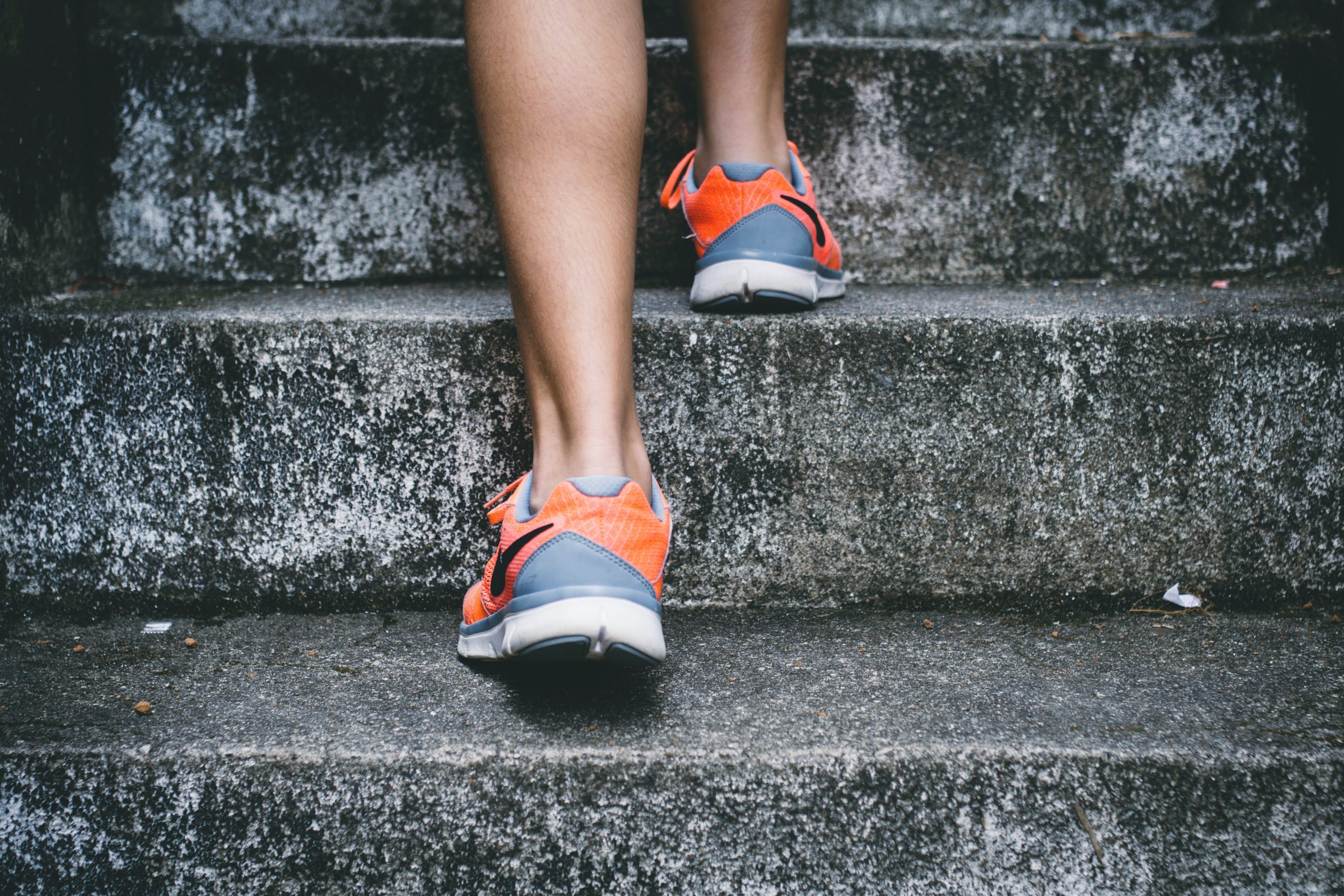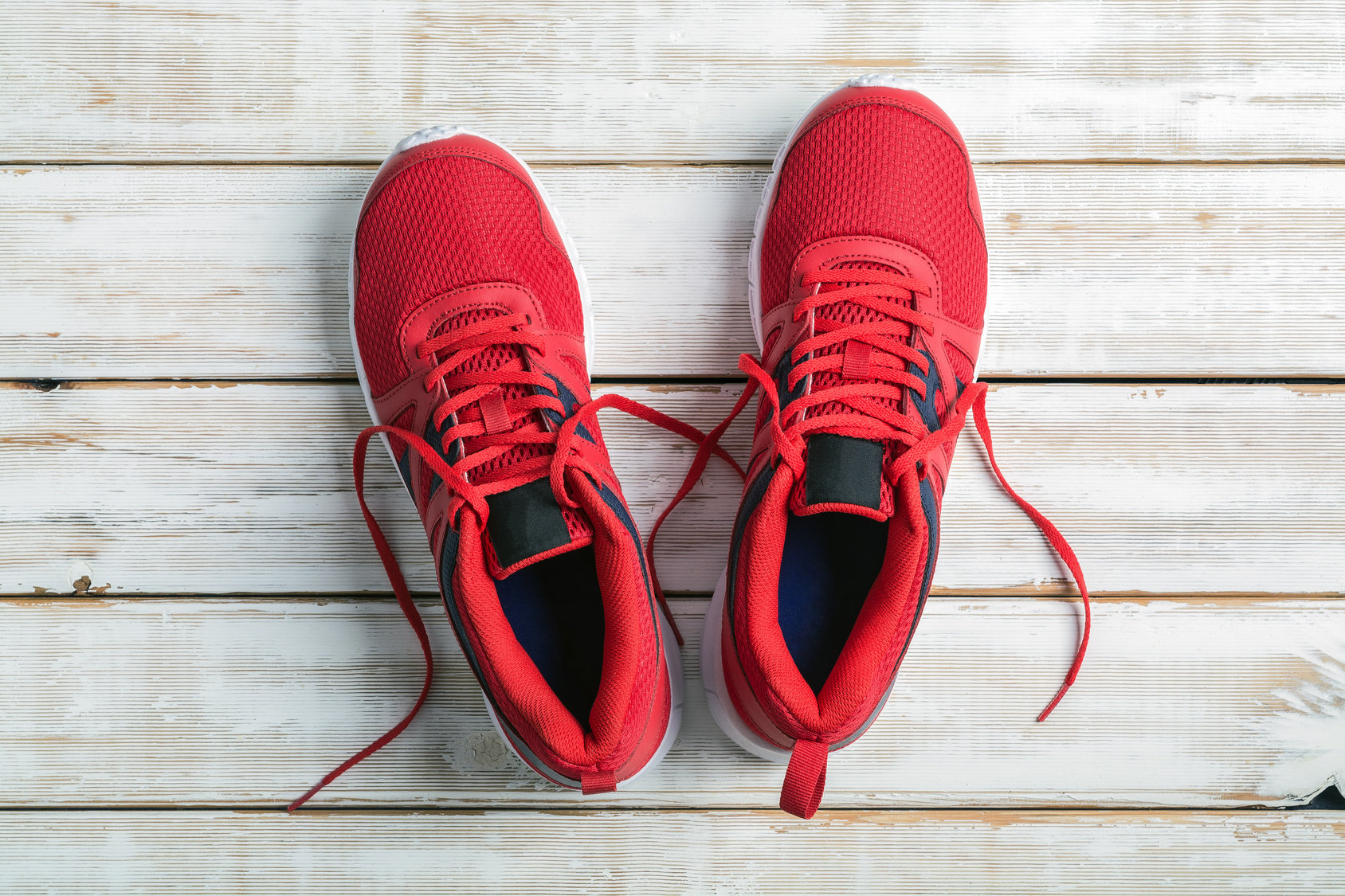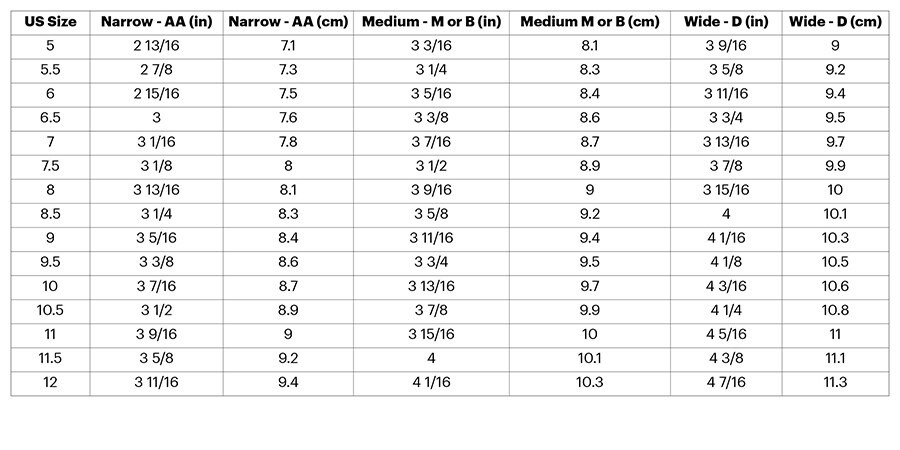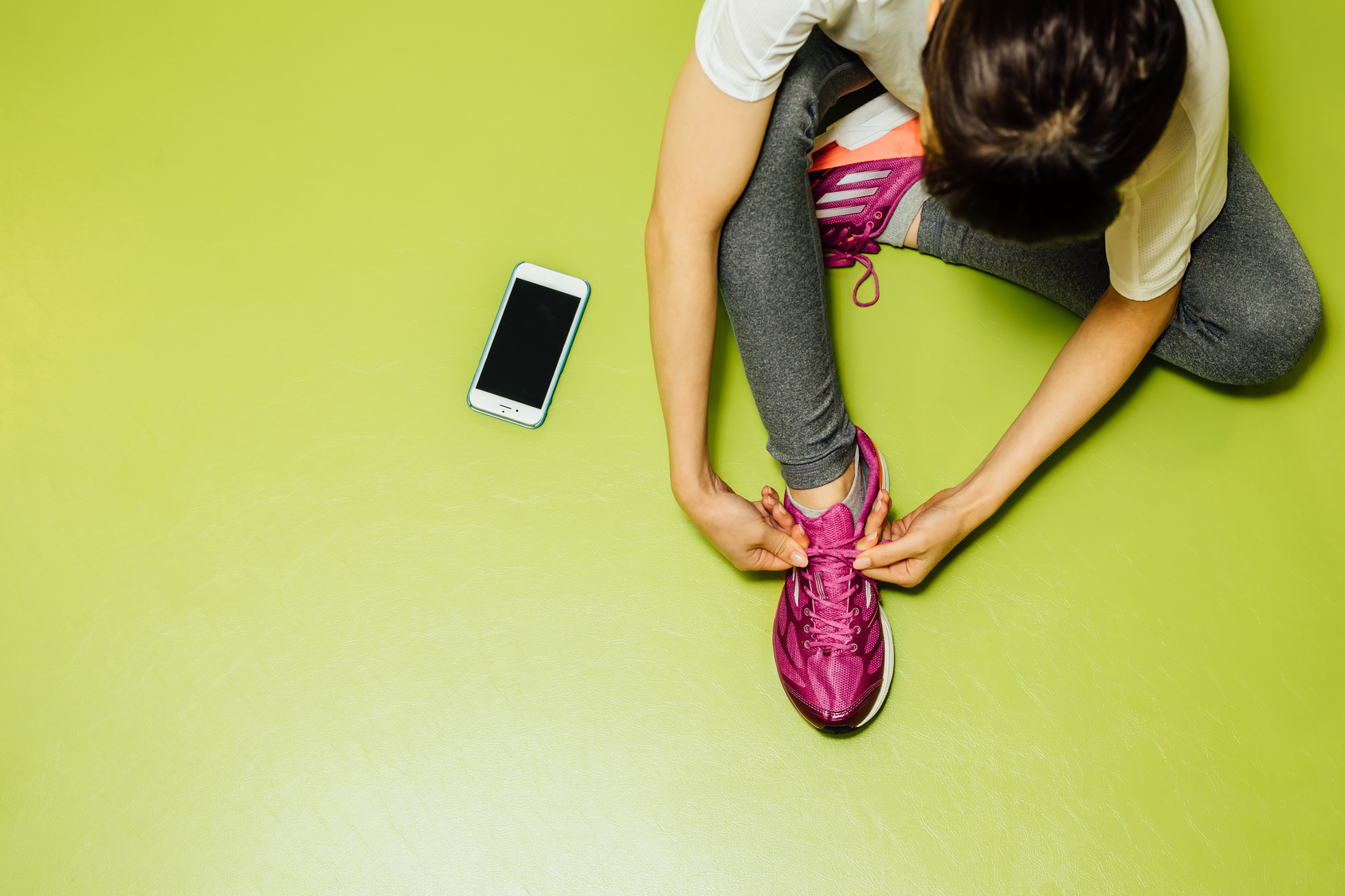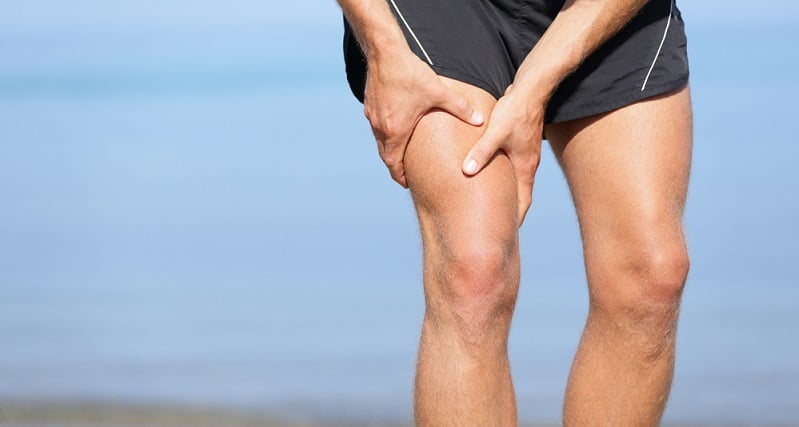Ready to take your running game to the next level? Well, you’re in luck because you’ve landed in the perfect spot.
Listen up because I can’t stress enough how crucial it is to nail down your running technique. Trust me; it’s a game-changer.
Let’s go back to the basics. Our bodies were built for running; it’s in our DNA.
Running is as natural as breathing, and some running gurus like Chris MacDougal and the fascinating world of evolutionary thinking will tell you that it’s one of the most innate actions we can perform.
In fact, there’s even a mind-boggling theory that suggests running is what made us human in the first place. Curious? Go check out the Endurance Running Hypothesis Wikipedia Page for an absolute goldmine of information and mind-expanding research references.
Now, before you go sprinting off into the sunset, let me be real with you. Mastering proper running techniques is a journey. It’s a process of trial and error, a learning curve that every runner must traverse.
But fear not! In this article, I’m about to spill the beans on some universal rules of proper running techniques that will turbocharge your performance. We’re talking faster speeds, longer distances, and bidding farewell to that pesky fatigue that always seems to creep up.
Exciting, right? I thought so too.
So, grab your favorite pair of running shoes, lace ’em up nice and tight, and get ready to dive headfirst into the world of proper running technique.
What is Proper Running Technique
Imagine your body as a finely tuned machine, where all the parts are perfectly aligned and working in harmony. From the moment your head takes the lead, guiding your gaze forward, down to your trunk, thighs, and lower legs, everything should fall into place. It’s a symphony of movement efficiency, where no energy is wasted, and every motion propels you forward with grace and power.
But why is this alignment so important, you may wonder? Well, my friend, it’s all about maximizing your running potential. When your body systems are in sync and stacked in a straight line, you become a force to be reckoned with. Every step you take becomes a testament to your efficiency and mastery of the sport.
In fact, scientific studies have shown that proper alignment is not just about looking good; it can have a profound impact on your running performance. A study published in the Journal of Sports Sciences found that runners with better body alignment experienced increased running economy and decreased energy expenditure.
In simpler terms, proper alignment helps you run farther, faster, and with less effort. Who wouldn’t want that?
And yes, we’re born to run.
Numerous scientific studies have explored the naturalness of running and its impact on human evolution. For instance, Lieberman et al. (2004) conducted research that suggests humans have evolved as endurance runners. Their study highlighted the unique anatomical adaptations in the human body, such as long legs, short toes, and efficient cooling mechanisms, which are believed to have provided an evolutionary advantage for persistence hunting.
Another study by Bramble and Lieberman (2004) focused on the biomechanical aspects of running, showcasing how the human body is well-suited for this activity. They argued that features like the Achilles tendon, arches of the foot, and spring-like energy storage and release in tendons contribute to the efficient running mechanics observed in humans.
Moreover, a research article by Raichlen et al. (2012) examined the metabolic benefits of running. Their study found that humans have unique adaptations that allow for efficient energy consumption during running, making it a highly efficient mode of locomotion compared to other animals.
What’s more?
Christopher McDougall, a prominent author, and journalist, has extensively written about the benefits of running and its ties to human history in his book ‘Born to Run’ (2009). While his work is not a scientific study per se, it provides insightful anecdotes and interviews with experts in the field, offering valuable perspectives on the naturalness of running.
Without further ado, let’s dive into how to improve your running technique so you can improve performance and limit injury risk.
Running Technique Rule No. 1 – Stand Tall
Let’s talk about the first rule of running technique: standing tall. Picture this: you’re about to embark on your run, and as you take your first step, imagine a plumb line running down from above your head, straight through your trunk, creating a perfect vertical alignment. It’s like a guiding beacon, keeping you on the right path toward optimal posture and performance.
Now, you might be wondering why standing tall is so crucial. Well, my friend, it’s not just about looking confident and poised. Maintaining proper posture while running can work wonders for your body, both during and after your run. It’s like building a solid foundation for a skyscraper. When your posture is aligned, the strain on your upper body is reduced, giving your muscles a break and warding off the dreaded muscle fatigue, back pain, and unnecessary soreness. It’s like giving your body a protective shield against the wear and tear of the road.
But here’s the secret sauce—proper posture doesn’t end when you start running. It’s a continuous process, a habit you should cultivate both on and off the running field. Just like taking a quick pit stop to refuel during a race, take a moment every 10 to 15 minutes to check your posture. Make sure everything is on track, aligned, and in harmony. Running shouldn’t make your head and neck feel tense or burdened. If you notice any tension, it’s a sign that your posture might be off-kilter, and it’s time to make some adjustments.
Running Technique Rule No. 2 – Lean A Bit
Now, there’s a delicate balance between gravity-assisted leaning and bending forward at the waist. Picture this: you’re on a run, trying to master the art of the forward lean. You might be tempted to slouch or lean too far forward from the waist, but hold your horses, my friend. That’s a common form of error that can wreak havoc on your lower back muscles, and we definitely want to avoid that.
So, how can you achieve the forward lean without falling into this costly mistake? Here’s the secret sauce: instead of bending from the waist, focus on a slight lean forward from the ankles. It’s all about finding that sweet spot where your body aligns like a well-oiled machine, from head to toe. Think of it as a symphony conductor guiding each section of the orchestra to play in perfect harmony.
Now, let me paint a vivid picture for you. Imagine you’re in the midst of your run, and as you lean forward from the ankles, it’s as if you’re gracefully falling forward. You’re on the edge of tipping over, but fear not, you maintain your balance with finesse. It’s like a tightrope walker, defying gravity as they confidently make their way across the thin wire. This relatively unstable position is a secret weapon for forward propulsion, allowing you to unleash your inner speed demon and cover more ground.
But here’s the golden rule: don’t lean too far forward or too far back. We want to avoid extremes and find that sweet spot in the middle. Find that balance where you feel the gentle pull of gravity working in your favor without putting excessive strain on your hips or lower back. It’s a delicate dance between stability and propulsion.
Running Technique Rule No. 3 – Keep A neutral Head
Believe it or not, the position of your head plays a significant role in your overall posture and can greatly impact your running efficiency. It’s time to give your noggin some attention!
Imagine this: you’re running along, and your head is held high, aligned with your shoulders, and your chin parallel to the ground. It’s like a crown atop your majestic running kingdom. No wobbling from side to side or unnecessary bobbing up and down. Your head is a steady beacon, guiding the way forward.
Now, here’s the secret sauce to maintaining that neutral head position: let your gaze lead the way. Focus your eyes on the ground about 15 to 20 feet ahead of you, scanning the horizon like an eagle searching for prey. This forward focus keeps you engaged and aware of your surroundings while also helping you maintain proper alignment.
But here’s a word of caution: resist the temptation to constantly look down at your feet. I know it’s tempting to keep a close eye on those trusty running shoes but trust me, it’s a slippery slope. When you stare down, tension creeps into your neck and shoulders, especially during those later stages of your run when fatigue sets in. We don’t want that, do we?
Running Technique Rule No. 4 – Pump Your Arms
While running may seem like a lower-body extravaganza, don’t underestimate the power of your upper body, specifically your arms, in propelling you forward. Get ready to unleash those swinging limbs!
Picture this: you’re in the midst of your run, and your arms are in action. Your elbows are comfortably bent at around a 90-degree angle, almost pointing away from your torso. Your arms swing from your shoulders, gracefully and relaxed, like the pendulum of a grandfather clock.
But here’s the secret sauce: synchronize your arm movements with your legs. As your right leg strides forward, your left arm swings forward, and vice versa. It’s a beautifully orchestrated symphony of motion where every beat counts.
Why is arm pumping so important, you might ask? Well, studies have shown that proper arm movement can enhance your running efficiency and help you maintain a balanced stride. Think of your arms as the driving force behind your forward propulsion, working in tandem with your legs to propel you like a mighty locomotive.
But remember, it’s not about flailing your arms wildly or tensing up like a statue. Keep those arm movements relaxed, fluid, and in sync with your running rhythm. Allow your arms to be an extension of your natural stride, helping you maintain stability and balance as you conquer the miles.
Running Technique Rule No. 5 – Keep it Relaxed
When you’re out there pushing your limits and logging those miles, it’s crucial to maintain a state of relaxation throughout your entire body. Trust me; tension is the last thing you want tagging along on your run, sapping away precious energy reserves.
Imagine this: you’re in the midst of your run, feeling the burn, but your body remains as calm and collected as a Zen master. It’s like gliding on a cloud effortlessly and with grace. By keeping your body relaxed, you optimize your energy usage, ensuring that every ounce of fuel is utilized efficiently.
To achieve this state of relaxation, let’s break it down step by step:
First, identify your tension spots. These troublemakers include the face, jaw, shoulders, and hands. Take a deep breath, let the air flow through slightly parted lips, and give yourself permission to shake out those arms. Release the tension in your shoulders, unclench those fists, and let your cheeks wiggle with a sense of freedom. Feel the release, and let the tension melt away.
Speaking of shoulders, it’s crucial to keep them relaxed and squared, facing forward. No hunching over like a turtle retreating into its shell. Remember to raise your shoulders every few minutes during your run, giving them a gentle reset before dropping them back down to a proper and relaxed position.
Now let’s focus on that noggin of yours. Jutting your head forward can put unnecessary stress on your neck and shoulder muscles, leading to more tension. Keep your head in a neutral position, as if it’s balancing effortlessly atop your shoulders. Picture your ears aligned roughly over the middle of your shoulders, finding that sweet spot of relaxation.
What’s more?
Pay attention to your hands. When you clench them into tight fists, tension travels up your arms and spreads throughout your body. Instead, imagine cradling delicate eggs in each hand—gently enough to keep them secure but not so tight that they crack under pressure. Feel the ease and lightness in your grip.
Running Technique Rule No. 6 – Strike It Right
Your foot strike is like your personal signature as a runner, leaving a unique imprint with every step you take. It’s not just about how your foot meets the ground; it’s about the impact it has on your alignment, posture, and energy transfer throughout your body’s kinetic chain.
Now, here’s an interesting tidbit: studies suggest that your foot strike can play a significant role in preventing running injuries, especially those pesky ones that target our knees.
So, let’s explore the three basic types of foot strikes: neutral, overpronated, and supinated. Each has its own quirks and potential risks. Some research suggests that heel strikers may be more prone to knee and hip injuries, while forefoot strikers could be at a higher risk of Plantar Fascia and Achilles Tendon issues. However, the scientific community is still debating the matter, so let’s take it with a grain of salt.
Now, pay close attention, especially if you’re a beginner. My completely subjective and non-scientific observations indicate that the forefoot strike may be the way to go for those starting out on their running journey.
Here’s how to nail the forefoot strike technique:
Picture this: you’re aiming to land just below and slightly in front of your center of gravity on the mid-foot. It’s like finding that sweet spot of balance and control. Your foot should touch down slightly ahead of your center of gravity, with your leading foot facing directly forward, like an arrow pointing towards your destination.
Now, here’s the key: think light and fast steps. As your foot makes contact with the ground, strive to land as lightly as possible, minimizing the time spent in contact with the surface. We want to avoid any thunderous stomping or disruptive noises that might disturb the tranquility of your run.
Imagine rolling swiftly through the middle of your foot, smoothly transitioning to the front of your toes. Keep those toes pointed in the direction you want to go, guiding you toward your running goals. It’s all about maintaining a sense of fluidity and purpose in each step.
Running Technique Rule No. 7 – Improve Your Cadence
Now, let’s talk cadence—the magical metric that measures the number of times your feet gracefully touch the ground within a single minute of running. Studies and experienced runners alike advocate for an optimal cadence of around 180 steps per minute. Consider it the gold standard that every runner should strive to achieve.
To discover your own cadence, here’s a simple trick: count the number of steps your foot takes in one minute, and then double it to calculate your total step rate. Aim for a balanced stride rate of approximately 180, or 90 per foot. It’s like finding the perfect tempo for your running symphony.
Now, I know what you’re thinking—how on earth do I increase my cadence?
Take it slow and steady, gradually increasing your cadence by a few steps at a time. Let’s say you typically run with a cadence of 167 steps per minute. Your goal should be to inch your way up to 170 or even 174, keeping your stride aligned and landing with a swifter rhythm.
To assist you in your quest for the ideal cadence, consider enlisting the help of a trusty metronome or a handy-dandy app. Imagine it as your personal conductor, keeping your leg turnover in perfect sync without requiring an excessive amount of effort. It’s like having a musical partner guiding you toward cadence perfection.
Running Technique Rule No. 8 –Practice Drills
Ah, the secret sauce to elevating your running technique: drills. It’s time to shake up your workout routine and embrace the power of targeted training.
Drills are like those hidden gems tucked away in the realm of running. They have the remarkable ability to enhance your range of motion, strengthen your essential running muscles, and fine-tune various aspects of your running gait. Think of them as the secret recipe for unlocking your full running potential.
But wait, there’s more! Drills also possess the incredible superpower of preparing you for the dreaded villain called fatigue. Yes, you heard it right. By incorporating drills into your training regimen, you build endurance and fortify your ability to maintain optimal technique even when the going gets tough.
Now, let’s explore a few drill options that will make your running routine feel like a playground of athleticism. Get ready to unleash your inner track star with these exercises:
- Strides: Picture yourself gracefully soaring across the pavement, taking longer, faster strides that stretch your limits and awaken your inner speed demon.
- Skips: Channel your inner child and embrace the joy of skipping. This playful drill helps you develop explosive power and coordination while putting a smile on your face.
- Hurdle mobility exercises: Jumping over hurdles isn’t just for Olympic athletes. These exercises improve your agility, flexibility, and overall lower body strength, giving you the power to conquer any running challenge that comes your way.
- Leg swings: Swing those legs like a pendulum, my friend. This drill enhances your hip mobility, improves your stride length, and unlocks the full potential of your running prowess.
Now, you have a choice. You can either dedicate an entire workout to these drills, making them the star of the show, or you can incorporate them as a delightful warm-up before your run or workout. Whichever path you choose, make sure to execute each drill with gusto, maintaining impeccable form and pushing yourself to the limits.
But remember, if you notice your form going south, it’s okay to slow down or even hit the pause button. Quality over quantity, my friend.
Running Technique Rule No. 9 – Find What Works the Best
Here’s the thing: running should feel like an extension of yourself, a fluid motion that harmonizes with your physiology and biomechanics. So, resist the urge to meddle, my friend. Don’t try to fix something that ain’t broken. Instead, let your body be the ultimate judge. Trust in its wisdom and strive to find what works best for you.
Remember, there is no one-size-fits-all approach to running technique. Just like a fingerprint, your running style is beautifully unique. So, embrace it, celebrate it, and allow it to evolve naturally. If you’ve already found your sweet spot, then congratulations! You’re already on the right track, my running virtuoso. Keep up the good work, and let your feet carry you to new heights.
Now, as we draw towards the conclusion of our running technique adventure, it’s time to reflect on the impact of these principles. When you incorporate the elements of proper running technique into your training, magic happens. You unlock a world of efficiency and comfort, where each stride feels like a graceful dance toward your goals. You might even discover that running faster and farther becomes second nature when your technique is finely tuned.
But here’s a gentle reminder, my eager road warrior: Rome wasn’t built in a day, and neither is the perfect running technique. It takes time, patience, and dedication. Luckily, even a small investment of time in practicing the guidelines we’ve explored can make a world of difference in your running performance down the road. So, embrace the journey, my friend, and trust that each step you take is propelling you forward on the path to greatness.
Running on the treadmill? Here’s your guide.
Improving Running Technique – The Conclusion
Try adding these elements of proper running technique to your next runs and see how efficient and comfortable your training becomes. You might also realize that you can run faster and further when your technique improves.
Keep in mind that Rome wasn’t built in a day, so it is the optimal running technique. Fortunately, a lite time invested in prating the above guidelines can make a drastic difference in your running performance down the road.






